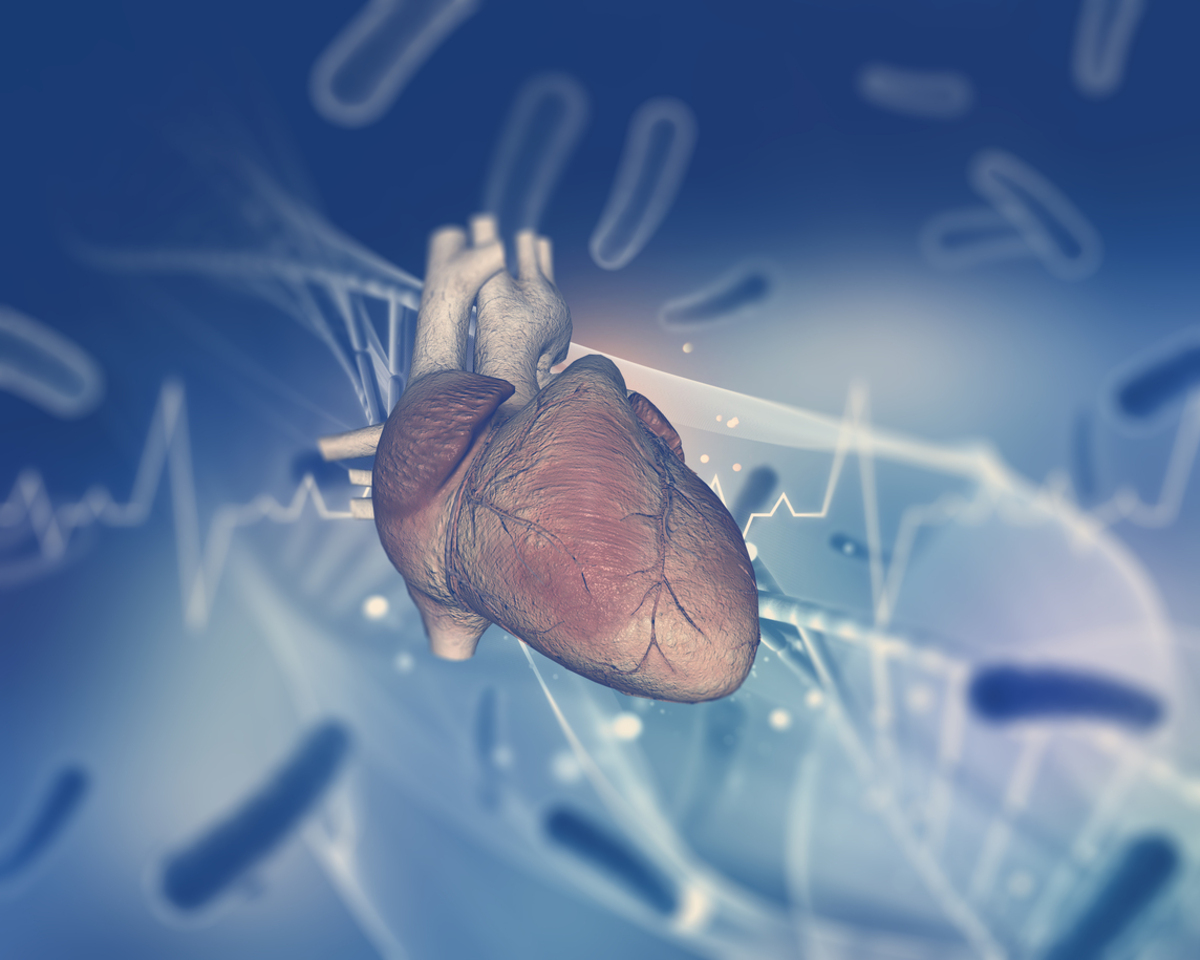To control your heart’s beats, electrical signals run from a node in the top of the heart to the bottom. This causes the top of the heart (the atria) to contract with the bottom of the heart (the ventricles). What results is about 60 to 100 beats per minute, but what happens when this system doesn’t work the way it’s supposed to? It results in something called arrhythmia, a collection of conditions that describe an abnormal heart rate.

What are some of the most common types of tachycardia?
Sinus tachycardia
Although this may sound like an overcomplicated name for the flu, it talks about something called the sinus node in your heart. The sinus node generates the electrical signals passing through your heart and is mainly responsible for how it beats. When the sinus node or the surrounding electrical pathways get damaged, it is known as sick sinus syndrome. One of the ways it can present itself is as sinus tachycardia. Tissue diseases, surgery, heart conditions and diseases, genetics, and age-related degeneration can all damage the electrical pathways of the heart and cause this condition.
Atrial fibrillation or flutter
Atrial fibrillation is the most common type of arrhythmia and presents itself in about 10 to 17 percent of people over 80. Usually, the top and bottom of your heart contract together, creating your heartbeat, but sometimes this balance is disrupted. When the sinus node loses control of the contractions at the top of the heart, the atria, it’s known as atrial fibrillation. It will try to contract at many times the average speed (going from 100 to about 350 beats per minute). The heart can’t keep up, contracting in a disorganized way and failing to pump enough blood. In atrial flutter, the atria beats regularly but does so at an accelerated rate. Heart conditions, diseases, heavy drinking, and certain medicines can cause atrial fibrillation.
Paroxysmal supraventricular tachycardia (PSVT)
PSVT describes episodes (paroxysmal) of fast heartbeats (tachycardia) whose source is in the upper areas of the heart (superventricular). Often, this is due to electrical signals from the sinus node. These episodes of fast heart rate can even go as high as 250 beats per minute and can last from a few minutes to several hours. This speed is expectedly less effective at moving blood throughout the body. The condition has specific causes, such as high doses of the medicine digitalis, and some other heart conditions. Drugs, alcohol, smoking, and caffeine are also risk factors.
Wolff-Parkinson-White syndrome (WPW)
The heart regularly beating, as you might imagine, relies not only on the pathways being undamaged but also the electrical signals following the right channels. However, when someone has WPW, there is an additional pathway electrical signals can go down that causes periods of an increased heart rate. This is a congenital disease, and fortunately, these periods are usually infrequent, or there are no symptoms at all.
Multifocal atrial tachycardia
In Multifocal atrial tachycardia, the heart is overwhelmed by signals from many places in the atria rather than just the sinus node. Because the heart contracts based on how many signals it’s receiving, this causes the heart to beat too quickly and stop transporting blood effectively. This condition is most common in elders and is usually caused by lung conditions.
Ventricular tachycardia (VT)
VT is similar to some of the other conditions mentioned here, except the errant electrical signals start in the ventricles, at the bottom of your heart, rather than the top. This stops the heart from filling with blood and is one of the most dangerous of this list (it’s the cause of the 11 percent of worldwide deaths mentioned above). VT is often caused by damage to the heart from other heart conditions or diseases, in addition to certain medications and changes in blood chemistry (lack of oxygen, changes in PH, low potassium, etc.).
How is tachycardia diagnosed?
Detecting some conditions with an in-office test is difficult because of their episodic nature. A doctor may use an attached device to identify if you have symptoms. For symptoms that occur daily, a Holter monitor is best, if they occur weekly or monthly, an event monitor is best. If they occur only a few times a year, what is called an implanted loop recorder is the best monitoring device. As always, a doctor would be the one to know which is best for testing you.
What kind of symptoms could I expect?
Most of these conditions have very similar symptoms, so you should consult your doctor if you suddenly develop these symptoms so he or she can run tests. Sometime the conditions may also be mild enough that they have no symptoms. When symptoms do exist, they fall under this list:
- Chest pain
- Confusion
- Fainting
- Fatigue
- Dizziness
- Lightheadedness
- The sensation of feeling your heartbeat
- Shortness of breath
- Rapid pulse
- Difficulty doing exercise
How is tachycardia treated?
- Photo courtesy of SteadyHealth
- www.sciencedirect.com/science/article/abs/pii/S002207360700667X?via%3Dihub
- medlineplus.gov/ency/article/000161.htm
- ghr.nlm.nih.gov/condition/sick-sinus-syndrome#genes
- www.aafp.org/afp/2013/0515/p691.html#sec-2
- medlineplus.gov/ency/article/000184.htm
- www.nhlbi.nih.gov/health-topics/atrial-fibrillation
- www.health.harvard.edu/heart-health/atrial-fibrillation-common-serious-treatable
- www.ncbi.nlm.nih.gov/pmc/articles/PMC4064952/
- medlineplus.gov/ency/article/000183.htm
- www.health.harvard.edu/heart-health/putting-the-brakes-on-a-racing-heart
- medlineplus.gov/ency/article/000151.htm
- medlineplus.gov/ency/article/000186.htm
- medlineplus.gov/ency/article/000187.htm
- www.nhlbi.nih.gov/health-topics/electrocardiogram
- www.ncbi.nlm.nih.gov/books/NBK470398/


Your thoughts on this